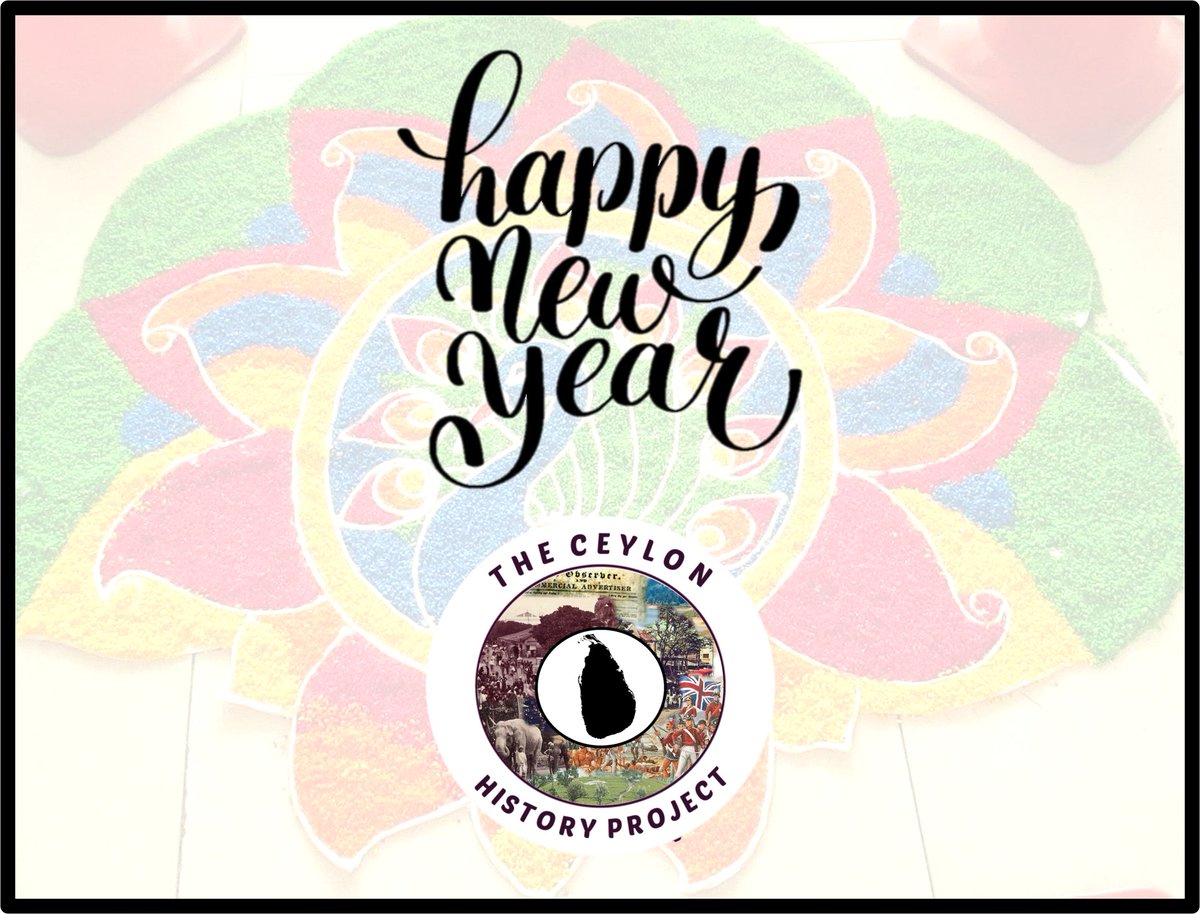
In 1915, Sri Lanka experienced a period of unrest as the Sinhalese-Muslim riots broke out, leading to attacks on the Moor population and a suppressive British response...
Read how it unfolded below...
#history #EconomicCrisisLK #srilanka #lka #GoHomeGota
Read how it unfolded below...
#history #EconomicCrisisLK #srilanka #lka #GoHomeGota

In the late 1800s, Sri Lanka experience a period of Buddhist revival as many resented the encroachment of Christian missionaries, the weakening of traditional authority under British rule since 1815, and the growing Muslim culture and identity in Ceylon. 

In 1912, the tension escalated when the Perahara from the Temple of the Tooth to the Mahaweli river was denied permission to play music during part of the journey by the British as it came too close to Hambaya Mohameddans’ mosque who claimed the noise would disturb worship there. 

This led to trouble as the event was an important part of the Buddhist culture. Even after Buddhist leader Basnayaka Nilame brought to the issue to the courts, they were denied by the short-sighted British administration who had passed laws protecting the coastal Moors. 



Eventually, all these factors came to a head in 1915. On May 28th, after being denied by police, a mob broke into the Mosque causing damage. Fighting soon ensued and the riots had begun. 

In the next few weeks, the riots spread across the island as rioters attacked Moor bazaars, smashing them and attacking their owners, forcing many to close up shop. The British sent in Punjabi Indians to stop the violence but in most cases, unrest continued. 

The British soon led a crushing response against the riot, giving orders to "not to waste ammunition, but to shoot through the heart any Sinhalese that may be found on the streets." A curfew was imposed and many Sinhalese were shot dead for defying it. 

There are no good sides to this story, the Sinhalese were wrong for the rioting and damage and the British were wrong for killing innocent lives. Even the Punjabi soldiers were wrong for letting their sympathy for the coastal Moors affect their enforcement of justice.
History is often like this, but there is often something we can learn. These actions draw stark parallels with the Civil War and the situation today...
But if we learn from history, we can stop this from happening!
Sources: archive.org/details/memora…
sundaytimes.lk/140831/sunday-…
But if we learn from history, we can stop this from happening!
Sources: archive.org/details/memora…
sundaytimes.lk/140831/sunday-…
• • •
Missing some Tweet in this thread? You can try to
force a refresh













